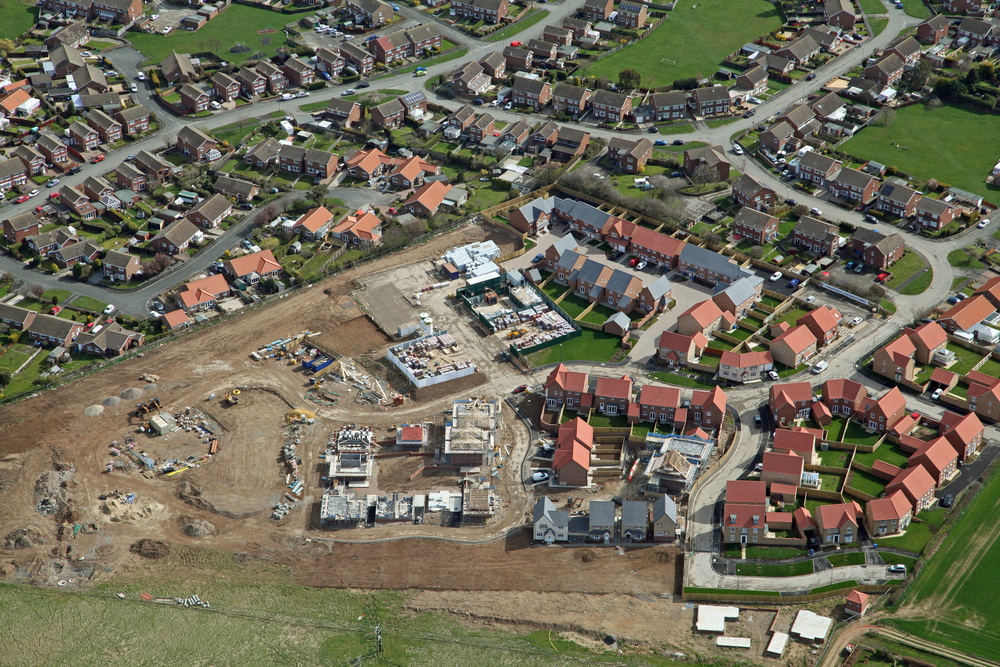Sector - Central Government
New levy for affordable housing and local infrastructure

A new levy will see developers pay a fairer share for affordable housing and local infrastructure such as roads, schools and GP surgeries.
Government has published a new consultation on the design of a new infrastructure levy to be paid by developers, which will give Councils new powers to set levy rates on new development and spend on what they need locally.
The infrastructure levy, which will replace section 106 contributions for most developments, will prevent developers from negotiating down the amount they contribute to the community when they bring forward new projects.
Under the proposals, the amount developers will have to pay will be calculated once a project is complete, instead of at the stage the site is given planning permission. This will make sure that councils benefit from increases in land value, which can be significant for large developments that take years to complete.
The levy will also give communities more control over how this money is spent. A portion of the money will be passed directly to communities as a ‘neighbourhood share’ to fund their infrastructure priorities, while councils will be required to engage with communities and create a infrastructure delivery strategy.
Secretary of State for Levelling Up, Housing and Communities, Michael Gove said: “Central to our levelling up mission is ensuring local communities can take back control.
“The infrastructure levy will do just that – giving local leaders the tools to bring forward more affordable housing and the transport links, schools and GP surgeries their communities need.
“It will also speed up delivery and put an end to lengthy negotiations with developers seeking to shirk their responsibility to provide for local people.”
The levy is designed to deliver at least as much affordable housing as the current system. Councils will be given a new ‘right to require’, so they can dictate how much of the levy is delivered through affordable housing on-site in new developments and how much is given in cash for other infrastructure, such as new schools, transport links or GP surgeries.
The ‘right to require’ will also speed up the process and stop developers from negotiating down their affordable housing contributions as they will have a legal obligation to meet the amount set by the council.
The government recognises that the levy will be a significant change so it will be introduced through ‘test and learn’ over a 10-year period. A small number of councils will implement the levy initially, testing how it operates in practice, before being rolled out more widely, to make sure the levy can successfully deliver on its objectives.
Related Articles
More Central Government News
- EDAROTH answers government’s ‘call to arms’
24 Oct 25
EDAROTH opened its factory doors to housing minister Matthew Pennycook, to demonstrate scalable solutions to
- Major carbon capture projects given go ahead
17 Oct 25
Two major carbon capture projects in North Wales and the North West of England are
- New towns taskforce
16 Oct 25
The government has confirmed it will progress development of the next generation of new towns






